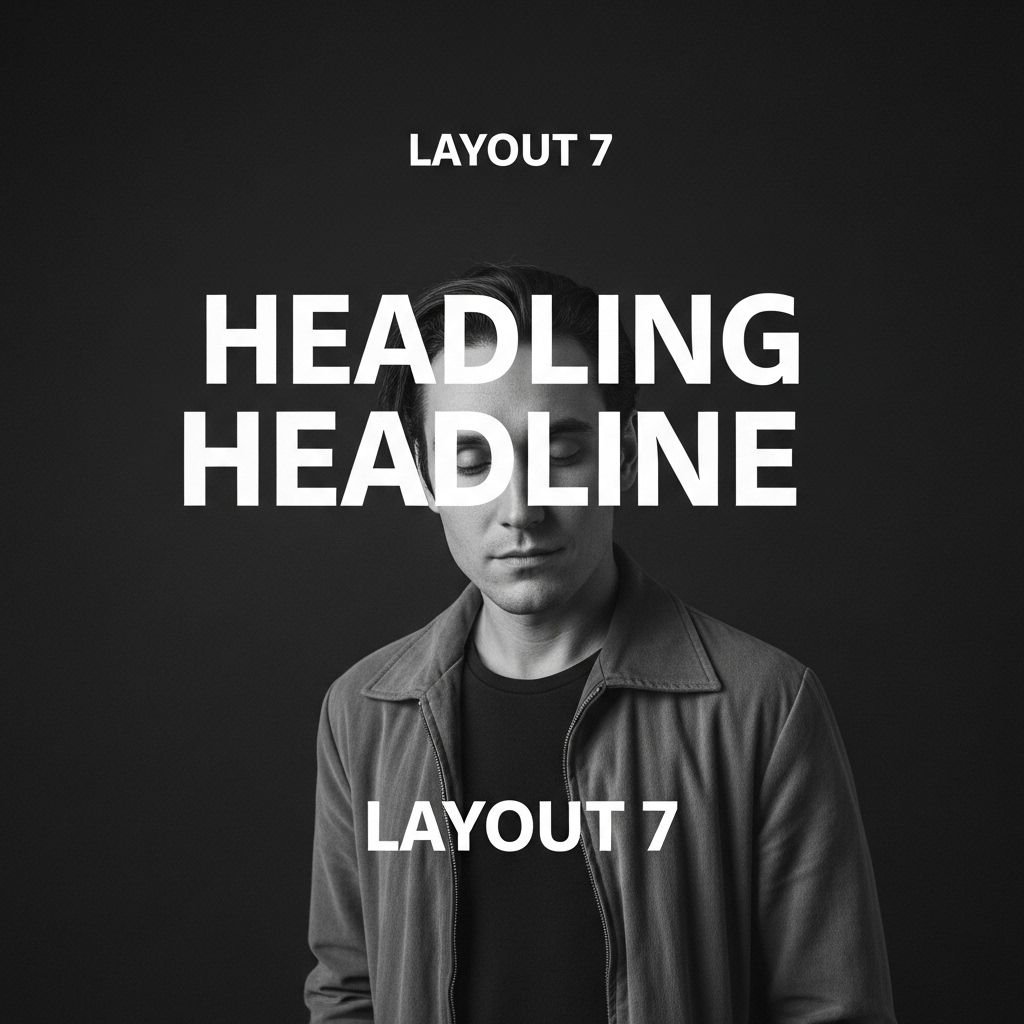Creating an eye-catching poster requires not just creativity but also a keen understanding of design principles. There are numerous layouts that can be employed to effectively convey a message or theme. In this article, we will explore ten powerful poster making layouts that can elevate your design projects to the next level. These layouts will not only enhance visual appeal but also engage your audience meaningfully.
1. The Grid Layout
The grid layout is a classic design technique that employs a structured grid system to arrange elements uniformly. This layout is favored for its ability to create harmony and balance. The key benefits include:
- Improved organization
- Consistent alignment
- Easy readability
Key Features:
- Defined columns and rows
- Uniform margins and padding
- Clear hierarchy of information
2. The Asymmetrical Layout
An asymmetrical layout is perfect for those looking for a more modern and dynamic feel. It breaks away from conventional balance, allowing for a creative arrangement that can draw the eye to different focal points.
Benefits of Asymmetry:
- Creates a sense of movement
- Encourages exploration of the poster
- Allows for diverse visual elements
3. The Minimalist Layout
Less is more in the minimalist layout. This approach focuses on simplicity and clarity, often using a limited color palette and few design elements to convey a strong message.
When to Use Minimalism:
- For corporate branding
- When the message is straightforward
- To create a sophisticated look
4. The Typography-Focused Layout
In this layout, typography takes center stage. Bold fonts and creative textual arrangements captivate viewers and effectively communicate the message without relying heavily on images.
Best Practices:
- Choose complementary font styles
- Vary font sizes for emphasis
- Use contrasting colors for readability
5. The Photographic Layout
Using high-quality images as a backdrop or primary focus allows for powerful storytelling through visuals. This layout is particularly effective for event promotions and product showcases.
Considerations for Photographic Layouts:
- Ensure images are high resolution
- Match the image tone with the message
- Add text overlays for clarity
6. The Infographic Layout
Combine visuals and data in an infographic layout. This approach is perfect for educational posters or presentations, making complex information digestible.
Elements of Infographics:
| Element | Description |
|---|---|
| Charts | Visual representations of data |
| Icons | Simple graphics to represent ideas |
| Color Coding | Helps categorize information |
7. The Collage Layout
A collage layout brings together multiple images or elements to create a cohesive story. This is particularly effective for showcasing diverse themes or concepts.
Tips for Creating a Collage:
- Use a consistent color scheme
- Vary the sizes of images for interest
- Incorporate text strategically
8. The Layered Layout
Layering different design elements adds depth and dimension to a poster. This layout can include overlapping images, text, and shapes to create an engaging visual experience.
How to Effectively Layer:
- Use transparency to create depth
- Focus on the z-index for element stacking
- Balance layers to avoid clutter
9. The Circular Layout
Circular layouts use round shapes to create a unique design. This layout is excellent for infographics or designs that require a central point of focus.
Advantages of Circular Designs:
- Promotes engagement through symmetry
- Directs attention to the central element
- Fosters a sense of community and inclusiveness
10. The Interactive Layout
Incorporating QR codes or augmented reality elements into a layout can transform a static poster into an interactive experience. This is particularly effective for marketing campaigns, as it encourages audience participation.
Examples of Interactive Elements:
- QR codes linking to videos or websites
- Augmented reality features
- Social media hashtags for engagement
In conclusion, choosing the right layout is crucial in poster design. Each of the ten layouts discussed offers unique benefits and can be tailored to fit the specific message you want to convey. By understanding these layouts and implementing them thoughtfully, you can create powerful posters that engage and captivate your audience.
FAQ
What are the most effective poster making layouts?
The most effective poster layouts include the grid layout, rule of thirds, asymmetrical layout, central focal point, and the Z-pattern layout, each designed to enhance visual appeal and guide viewer attention.
How can I choose the right layout for my poster?
Choosing the right layout depends on the message you want to convey, the amount of information, and the visual hierarchy you wish to establish. Consider your audience and the primary focus of the poster.
What elements should be included in a powerful poster layout?
A powerful poster layout should include a catchy headline, compelling images, a clear call to action, and well-organized text. Balance and contrast are also key to making the design visually appealing.
How do colors influence poster design layouts?
Colors can evoke emotions and attract attention. A well-thought-out color scheme complements the layout, enhances readability, and reinforces the theme of the poster.
What software can I use for creating poster layouts?
Popular software options for creating poster layouts include Adobe Illustrator, Canva, Microsoft PowerPoint, and Affinity Designer, each offering various templates and design tools.
Are there any tips for improving poster readability?
To improve readability, use high-contrast colors, legible fonts, and appropriate font sizes. Keep text concise and organized, and ensure that visuals support the message without overwhelming the content.




